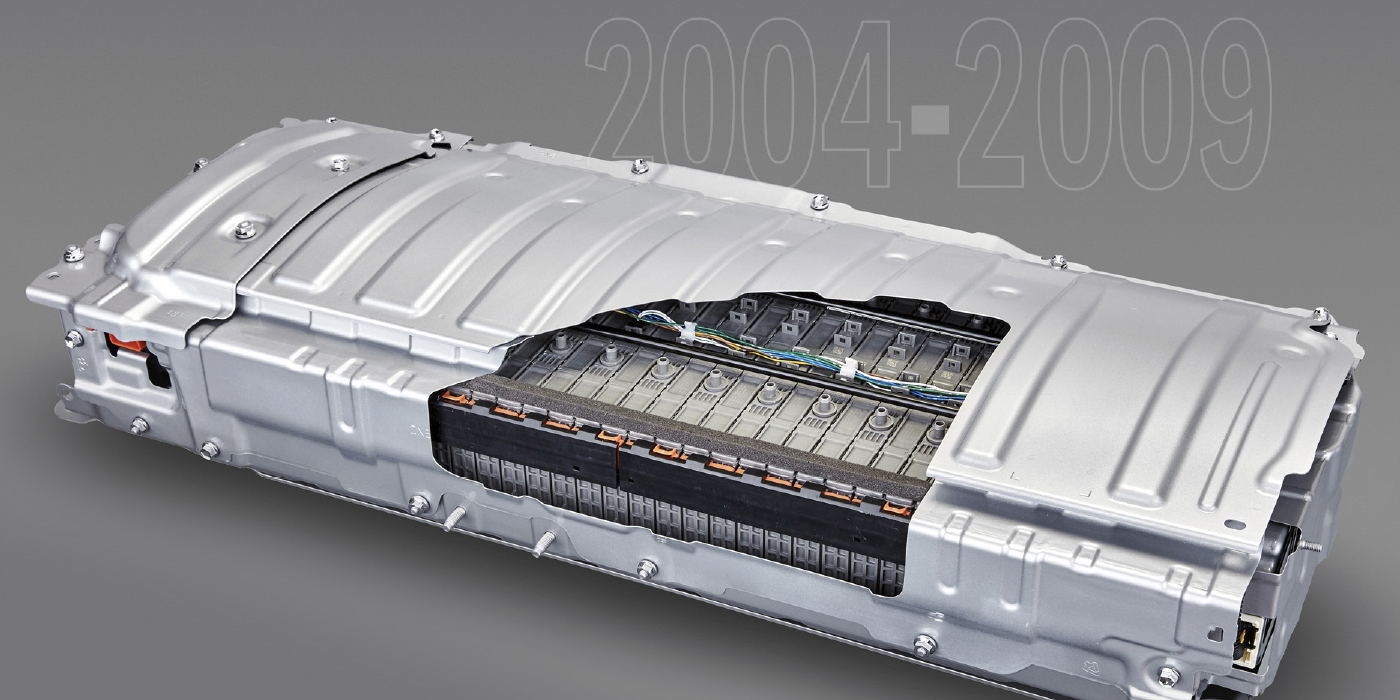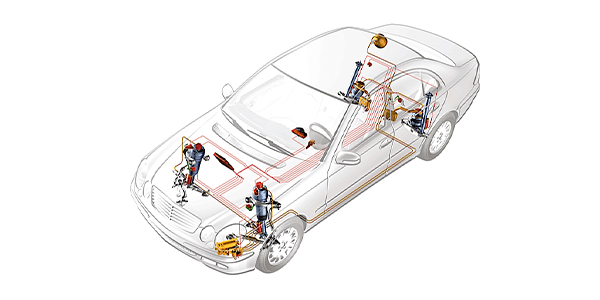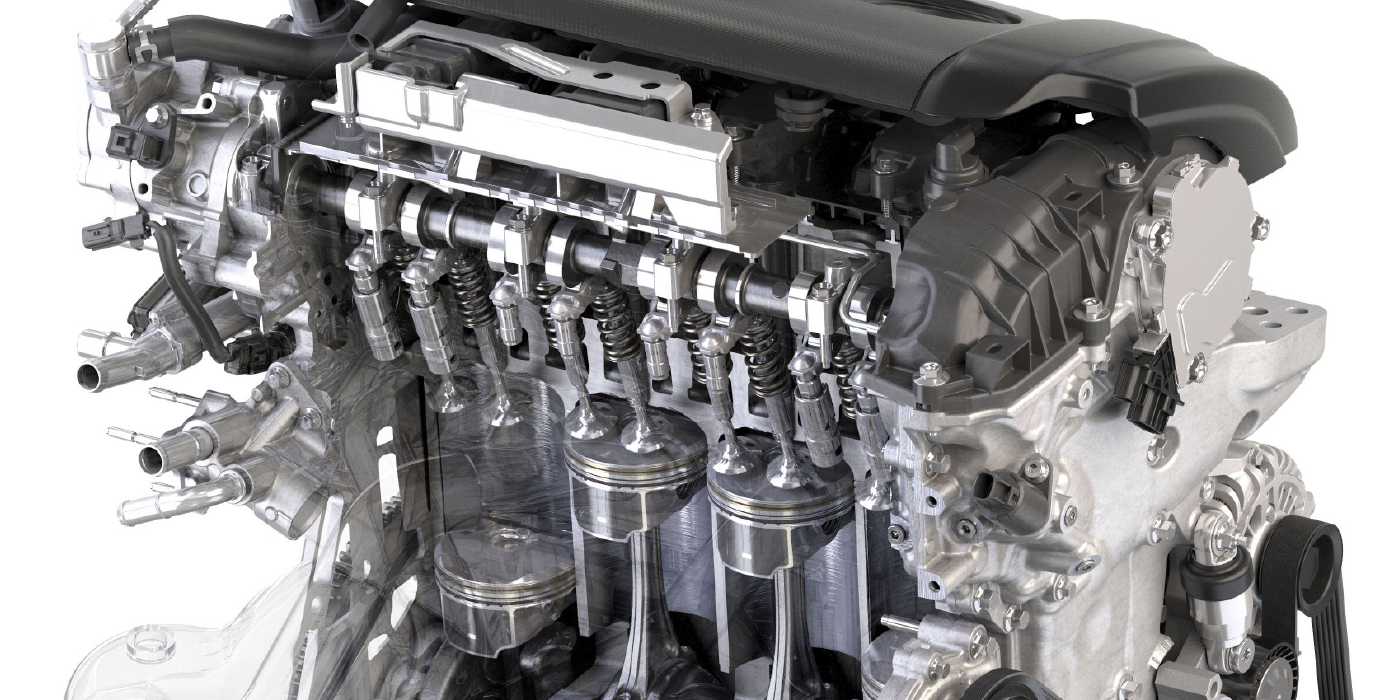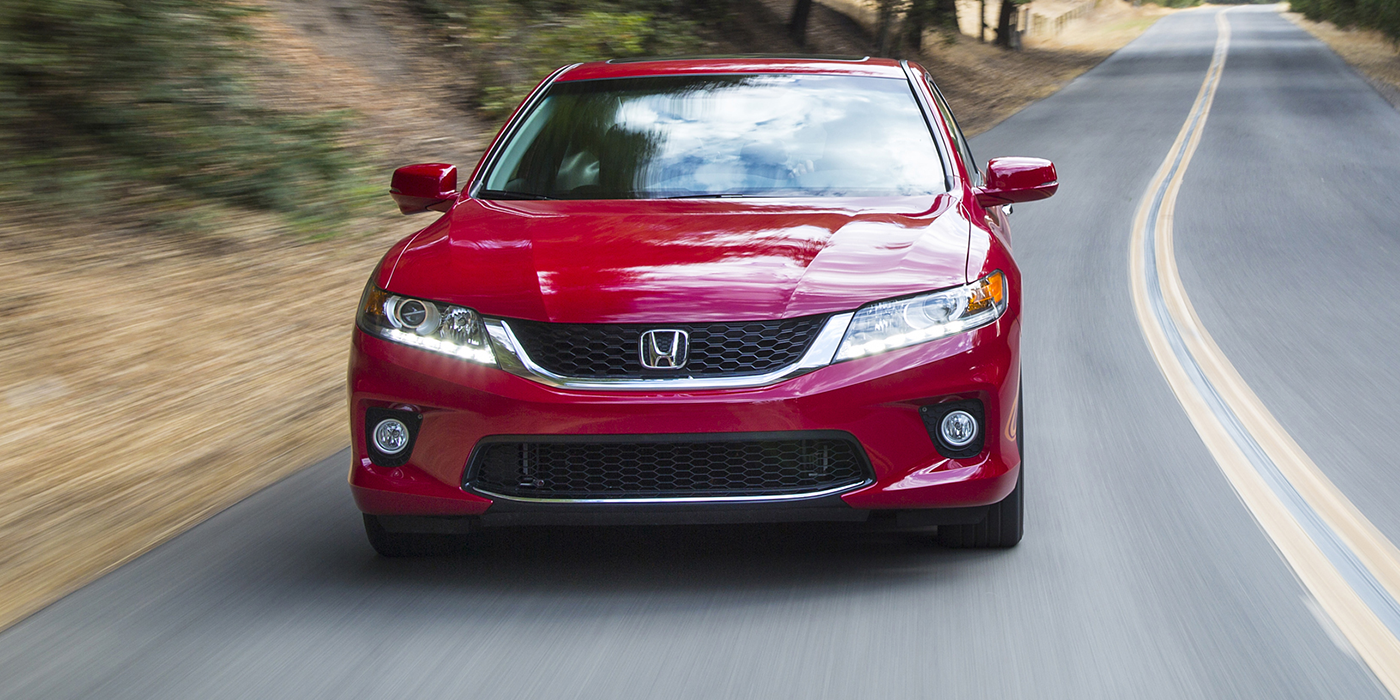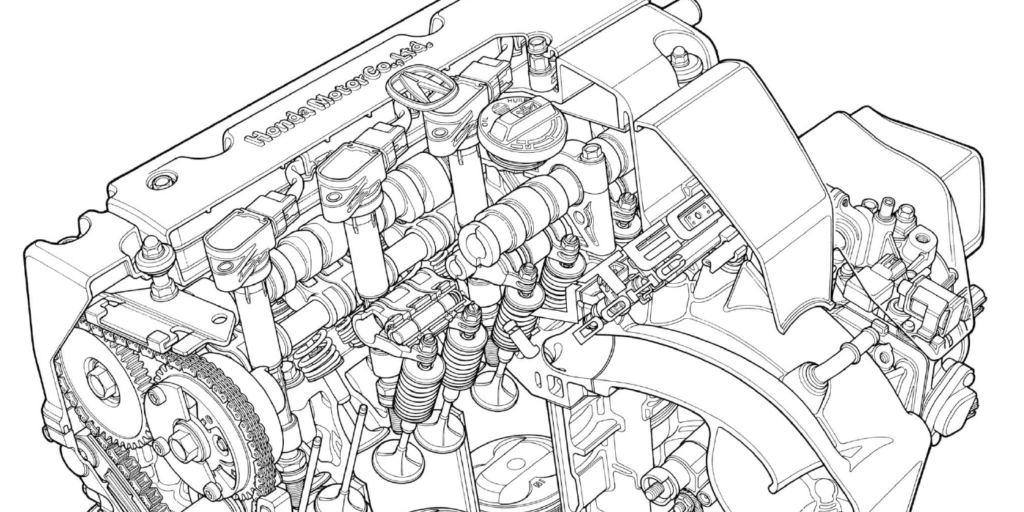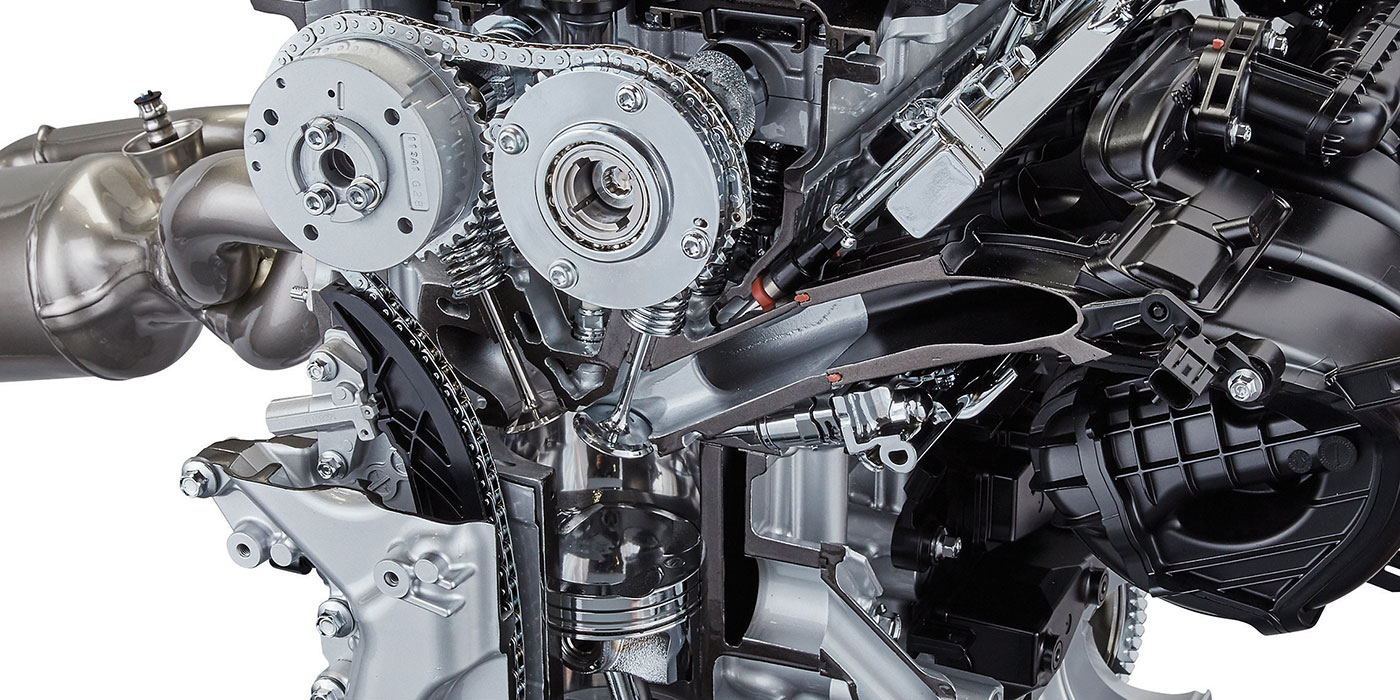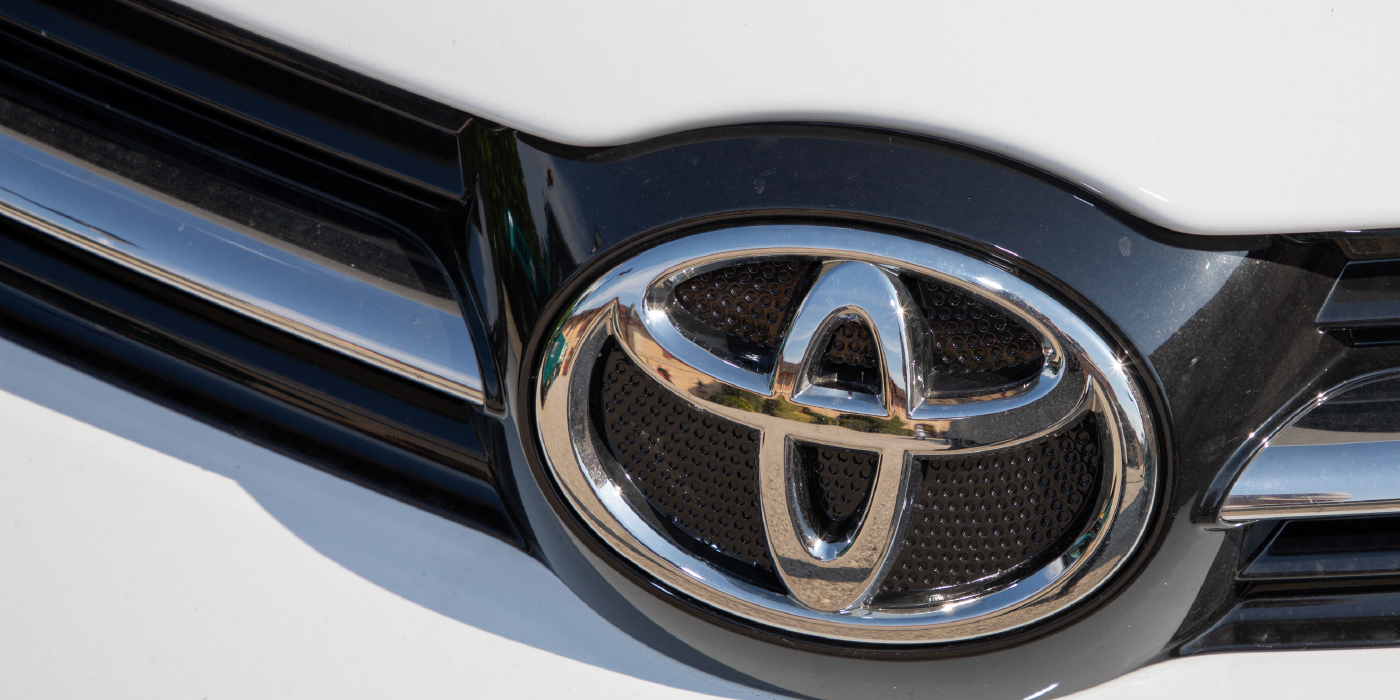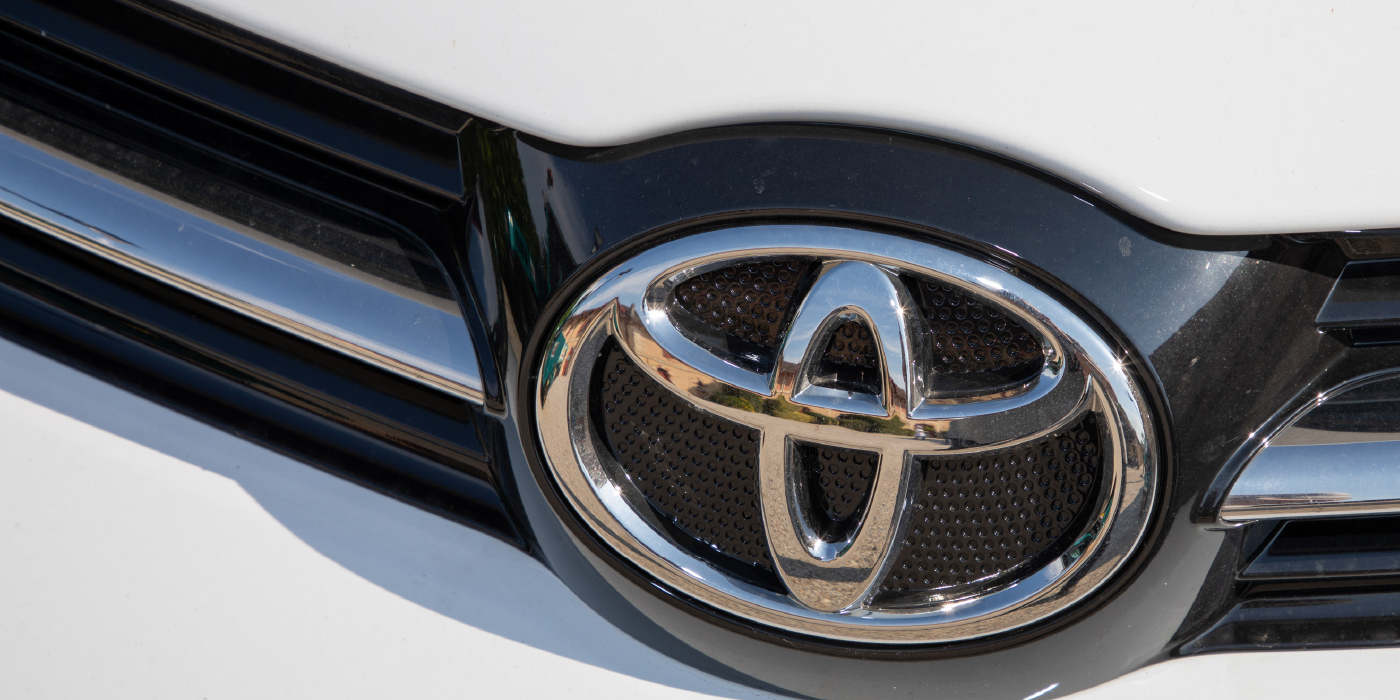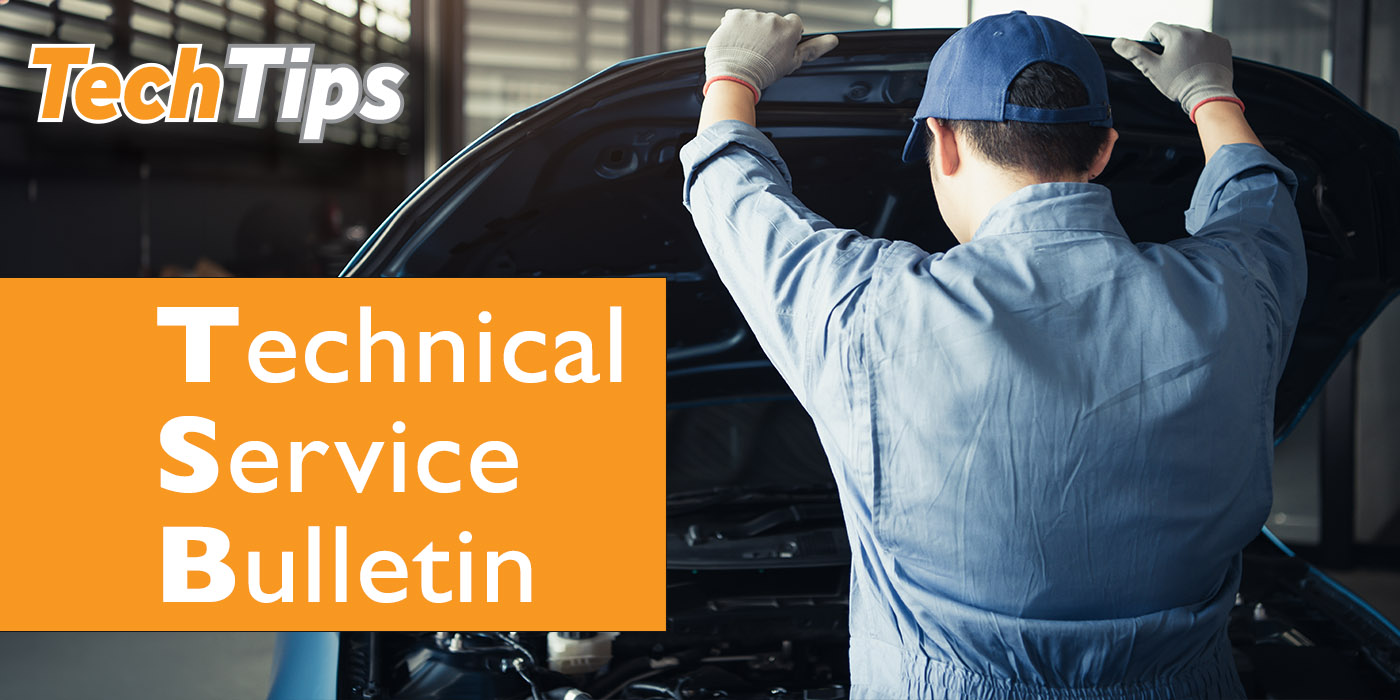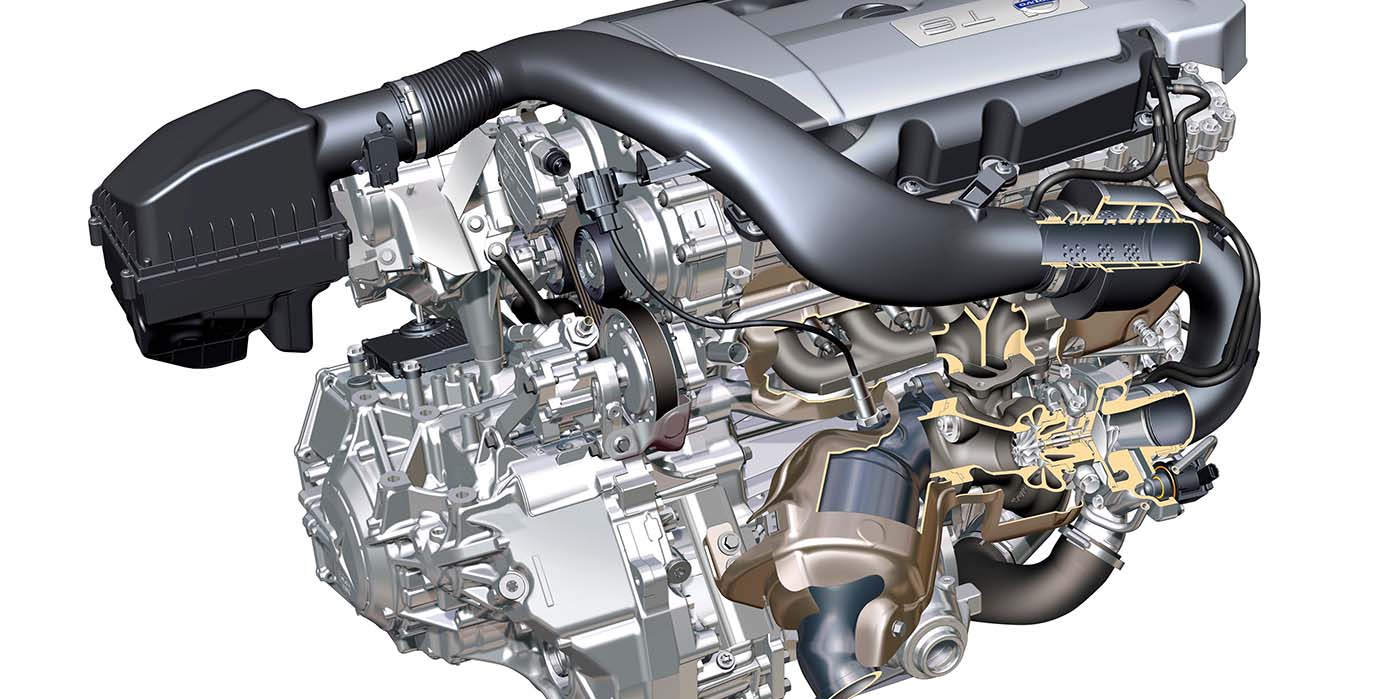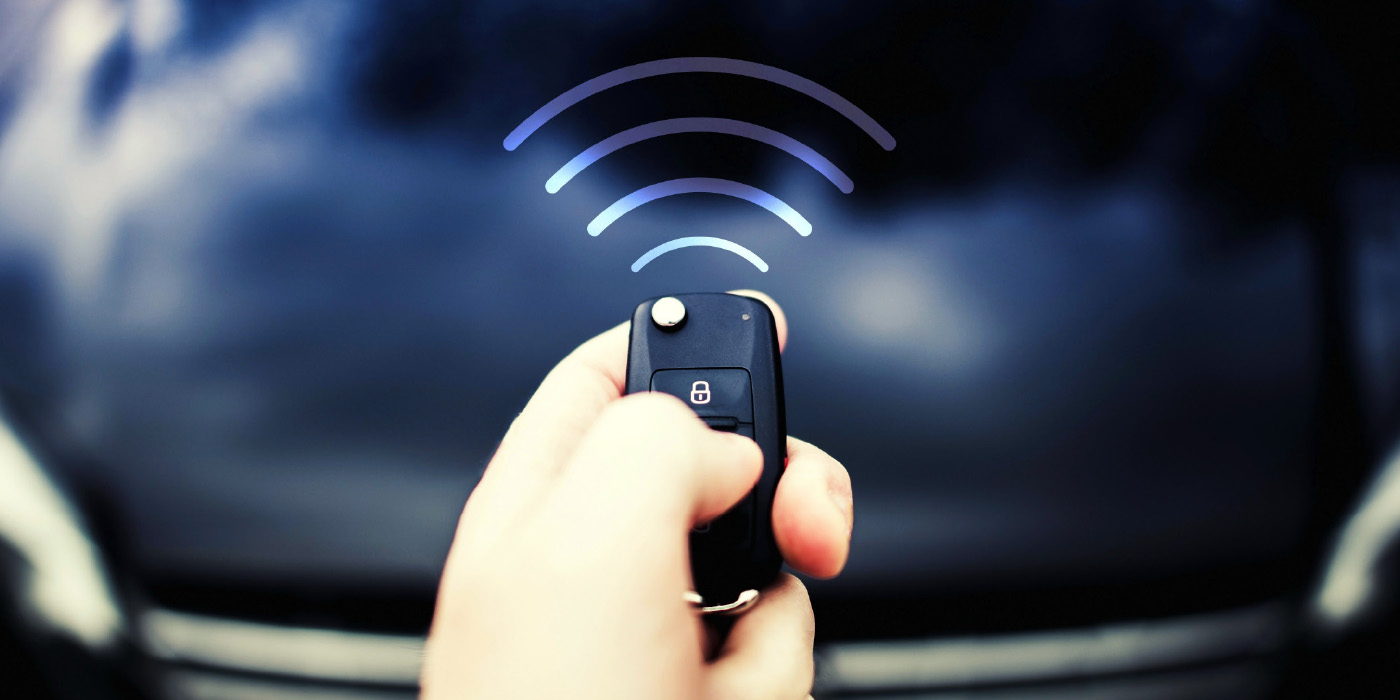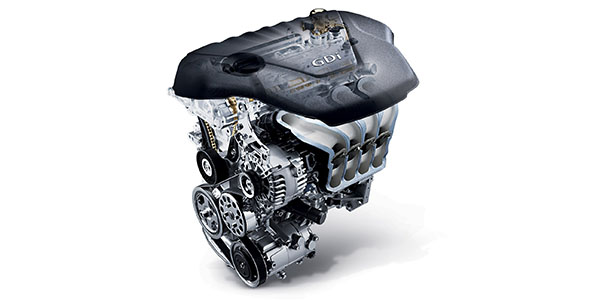 In the past 20 years, Hyundai and Kia have adopted the Greek alphabet letters to name their engines. To date, they have covered 11 letters of the alphabet. These engines range from 1.4L four cylinders to 5.0L V8s.
In the past 20 years, Hyundai and Kia have adopted the Greek alphabet letters to name their engines. To date, they have covered 11 letters of the alphabet. These engines range from 1.4L four cylinders to 5.0L V8s.
Some of these engines overlap model years on a single model with multiple options for customers.
Hyundai uses letters in the eighth position of the VIN for the engine code, but the letter does not correspond to the engine family. Kia, on the other hand, uses numbers. This is why it is critical to make sure you have the complete VIN and production date before ordering parts and digging into an engine-related job.
Kia and Hyundai currently do not manufacture a vehicle with a timing belt. But, timing belt maintenance on their late-model vehicles has been replaced with timing chain and variable valve timing component replacements.
FOUR-CYLINDER ENGINES

Alpha Engine (Belt)
2001-’06 Hyundai Elantra
2006-’10 Hyundai Accent
2006-’11 Kia Rio
Replacement Interval: 60,000 Miles
Water Pump: Powered by the serpentine belt
The Alpha engine uses a belt to turn the exhaust camshaft and a chain to use the intake camshaft. When replacing this belt, it is important to change the tensioner and upper idler pulley. It is not uncommon for the bearings to fail and cause the timing to jump.
Beta Engine 1.6L, 1.8L and 2.0L (Belt)
1999-2006 Hyundai Tiburon
2004-’08 Kia Spectra
2004-’09 Hyundai Tucson
2005-’10 Kia Sportage
2009-’11 Kia Soul
Replacement Interval: 60,000 Miles
Water Pump: Powered by the serpentine belt
The Beta engine uses a belt to turn the exhaust camshaft and a chain to use the intake camshaft. When replacing this belt, it is important to change the tensioner and upper idler pulley. It is not uncommon for the bearings to fail and cause the timing to jump.
Gamma Engine 1.6L (Chain)
2009-’18 Kia Forte
2010- Hyundai Accent
2011- Hyundai Veloster
2011-’13 Hyundai Elantra
2012 – Kia Soul
The Gamma engine comes in many flavors. Later versions come with direct injection and Veloster models come with a turbocharger. This small engine can be tough on oil. The turbocharged Veloster has an oil and filter change interval of 5,000 miles for normal service and 3,000 miles for severe service.
Nu Engine 1.8L + 2.0L (Chain)
2011-’16 Hyundai Elantra
2013- Kia Soul
2013-’16 Kia Forte LX
2014-’15 Hyundai Elantra
2015-current Hyundai Tucson
The “Nu” or “N” engine has variable valve timing on both the intake and exhaust camshafts that are turned by a chain. It strongly resembles the Gamma engine.
Theta I & II Engine (Chain)
The Theta I engine can be found in the Hyundai Sonata, Kia Rondo and other models from the 2006-’10 timeframe. The Theta II engine uses a chain and was made in partnership with Chrysler and Mitsubishi as part of the Global Engine Alliance. It can be found in many Kia and Hyundai cars and SUVs as standard or optional after 2011.
There are many variants of this engine that include turbocharged and direct-injected versions. The engine can be either a 2.0L or 2.4L.
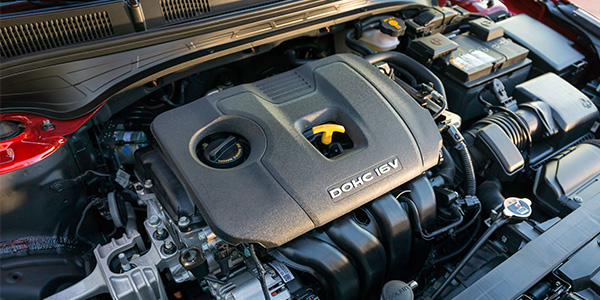
In September 2015, Hyundai recalled approximately 470,000 2011-’12 Sonatas equipped with Theta II engines. At the time, Hyundai told NHTSA that manufacturing problems left metallic debris around the engine crankshaft, causing problems with oil flow. The pieces of metal interfere with the oil flow through the connecting rod bearings and damage the connecting rods.
Hyundai blamed the problem on a mechanical “deburring” process used to remove metallic machining debris from the crankshaft. By mid-2017, Hyundai expanded the recall by including another 572,000 vehicles with Theta II engines.
Kia also told NHTSA about a recall of more than 618,000 2011-’14 Kia Optima, 2012-’14 Sorento and 2011-’13 Sportage vehicles because the Theta engine bearings wore out too early and caused the engines to seize.
V6 ENGINES
Delta+Mu (Belt)
1999-2005 Hyundai Sonata
2000-’06 Kia Optima
2000-’06 Hyundai Santa Fe
2003-’08 Hyundai Tiburon
2004-’09 Hyundai Tucson
2005-’10 Kia Sportage
Replacement Interval: 60,000 miles
Water Pump: The timing belt powers the water pump and the belt needs to be removed to install a new pump.

The Delta V6 engine is like the 1.4L with a belt on the front of the engine that turns the intake camshafts. The chains under the front cover turn the exhaust camshaft with the intake camshaft. The timing belt is easy to replace once the motor mount is removed. The Mu version of the engine has variable valve timing.
Lambda Engine – 3.0L/3.3L/3.5L/3.8L (Chain)
2005 Kia Sorento
2006 Azera
2006 Hyundai Sonata
2006 Hyundai Azera
2006-’10 Kia Sedona
2007 Hyundai Santa Fe
The Lambda engine is the main V6 engine used after 2006. While it is a timing chain engine, the chain can stretch if the owner neglects oil changes.
Sigma Engine 3.0L-3.5L
1999-2005 Hyundai XG350
2003-’06 Hyundai Santa Fe
2004-’06 Kia Amanti
Replacement Interval: 60,000 miles
Water Pump: The timing belt powers the water pump and the belt. It is recommended to replace the pump when servicing the timing belt.
The Sigma engine is a DOHC V6 with a displacement of 3.0L and 3.5L. The most common application was the Santa Fe that has a labor time of around six hours for just the belt (add .75 of an hour if the water pump is replaced).
V8 ENGINES
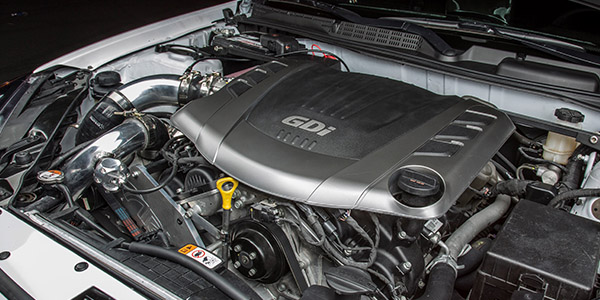
Omega & Tau (Chain)
2009-’16 Hyundai Equus
2012-’16 Hyundai Genesis
2012-’14 Kia K900
2016-current Genesis G90
2016-current Genesis G80
The Hyundai V8 uses a chain. The most common engine timing problems are with the variable valve timing actuators, oil control valves and oil-powered tensioners. These components can fail quickly if the owner does not keep up with the oil changes or uses the wrong oil. The symptoms of these conditions are codes and knocking and tapping noises during the first minute of startup.
Balance Shafts
On some engines, Hyundai uses balance and oil pump shafts driven by the timing belt. In the early 1990s, balance shafts were used on the small displacement 1.6L and 1.8L DOHC engines found in the popular Elantra and the sporty Tiburon, as well as the larger displacement 2.0L and 2.4L engines used in the Sonata.
The addition of the balance belt won’t cause any problems as long as it’s timed correctly and the counterweights are in the proper position when the belts are installed. There are access holes in the block that allow you to insert a punch or screwdriver to ensure the weights are at the bottom of the shaft, but they are not always necessary. It isn’t difficult to “feel” that the weights are at the bottom of the shaft. Later 1.8L and 2.0L engines went with a timing chain tying the cams together, while a belt was used on the opposite end of the exhaust cam to drive both. No balance shafts are used on these engines but remain necessary on the larger displacement four-cylinder engines.
The best piece of advice when working on any Hyundai belt or chain is to inspect it on and off the vehicle. The belt can show other potential problems like fluid leaks and problems with endplay in the crankshaft or camshafts.

